All rights reserved.
No part of this book may be reproduced in any form or by any electronic or mechanical means, including information storage and retrieval systems, without written permission from the author, except for the use of brief quotations in a book review.
The information in this book and the links provided are for general information only and should not be taken as constituting professional advice from the author.
The author is not liable for any loss caused, whether due to negligence or otherwise arising from the use of, or reliance on, the information provided directly or indirectly, by use from this book.
Introduction
When I was in my twenties I made some good decisions and some bad decisions.
While Im sure the bad decisions would make for a far more interesting book, its one particular good decision I made that has had the most impact on my life. At least financially.
I invested two thousand dollars in the stock market.
It was rather a rash thing to do, considering that I personally knew no-one else that had done such a thing. My friends were more interested in buying clothes than stocks. They were perplexed why I didnt blow the dough on a trip to New Zealand instead.
But I was stubborn and didnt back down. I taught myself from books, mostly. And also trial and error.
Within five years of continuous investment, I had built up a strong portfolio. Enough that I was able to give up work. I still wasnt financially independent at that point, but I had enough that my then partner and I were able to start a family without having to worry about two wages.
I didnt think much more of it, to be honest. I was busy with two small kids running around.
That portfolio continued to build and grow over time. Doing its thing like compound interest tends to do.
Then last year I become single again. We split the financial side of our relationship up and I was left wondering what I was going to do now.
Then it became clear.
The stock market had been good to me all those years ago. I was comfortable with it. I liked it. I understood it. It was my jam.
After all those years, my portfolio was now in a position where I could make a few changes, invest for the dividend income, and I would be financially free.
I didnt have to go back to work. Blech. I could switch from a growth strategy to a dividend strategy and be perfectly fine.
I would become part of the retire early crowd and do what I pleased.
All because of the stock market.
You could do the same.
This book is my current dividend strategy. Its how I choose what to invest in.
I cover everything from setting up a trading account, to more advanced strategies for those that want that. Ill show you how to allocate and build your own dividend portfolio.
My hope is that by sharing my process it will help you in your own journey to financial freedom.
Are you ready?
Cool. Lets go.
1
Why Invest For Dividends?
W hy should you invest for the dividend rather than for growth (and what does investing for the dividend even mean?)
Before we get into the what's and the how's I'm going to tell you right up front why investing for the dividend is a good idea.
In a nutshell, you get paid to invest your money. It's that simple.
It doesn't matter what the stock market as a whole is doing, or even what a particular company's stock price is doing. Whether it's up or down (the same volatility that causes most stockholders to worry) you'll get the dividend payout regardless.
It's the ultimate form of passive income.
Sound too good to be true? Youre probably a little wary, am I right?
Thats perfectly natural. So before we get into math and strategy and nerd out on choosing some sweet dividends, lets try and answer some of the more common questions that I get asked about dividend investing.
So What Exactly is Dividend Investing?
Dividend investing, or income investing, is where you choose companies based on their dividend yield, rather than the potential for the stock price to grow over time.
It's a less stressful approach to the stock market because it doesn't rely on the regular market fluctuations on the stock price of the company.
And the dividend is, what, exactly?
A dividend is cash (or more stock if you choose to reinvest) that's paid to shareholders out of the companies profits. It's a portion of their earnings that's given to you each quarter or six months (depending on how often they pay).
Why Do Companies Pay Dividends?
Mostly, dividends are paid to attract investors. The more money that people invest in the company, the more money that company has to grow the business.
They use that money to expand into new markets or new locations or research, making the company larger and bringing in even more profits.
And when the company makes more profit, it has more cash on hand so it can return some of that money to those that invested into it, attracting even more investors.
Which means it can grow even more, and so on.
Are the Dividends that a Company Pays Always the Same Amount?
They can be.
But they can also rise as the company grows and makes more profit, and inversely shrink if the company isn't doing well.
There can also be special dividends or one-off dividends.
It's important to take this into consideration and look at the history of the dividend when choosing which company to invest in.
I'll show you how to do that in chapter four of this book when looking at dividend stability.
Er, what's a Special Dividend?
Sometimes, if the company has had a particularly good period, it'll have more cash on hand than usual. This might be because they sold off part of their business, or came into a new profitable market that boosted income.
Often when that's the case, the company will decide to pay a special one-off dividend that's separate from its regular dividend payout.
The special dividend can be higher or lower than the regular payout depending on its cash on hand. Although its usually higher, which is lovely.
It's even possible for companies to issue only special dividends rather than regular dividends as part of its strategy. Although thats rare.
Generally, a company will issue a special dividend no more than once every few years, if at all.
Its best to not expect them, but be pleasantly surprised when a company youre holding announces one.
Okay, But What's the Difference Between Investing for the Dividend and Investing for Growth?
Buying for growth is what most people are familiar with when it comes to investing in the stock market. That's where you buy at one price and wait (hope) for it to rise so you can sell at a profit.

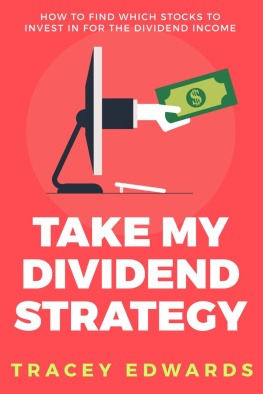

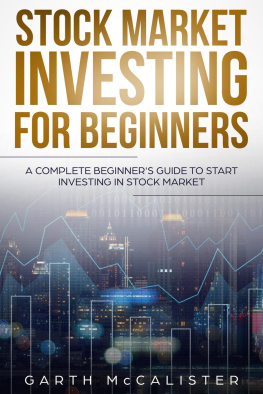
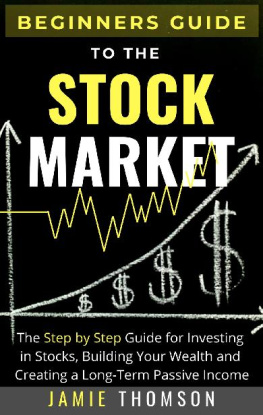
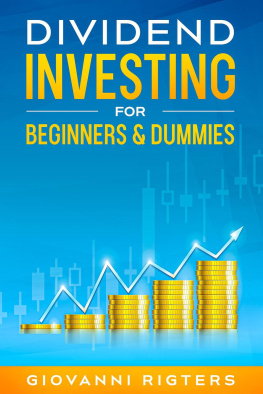
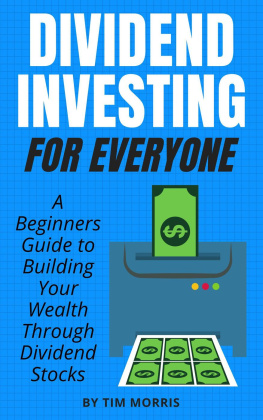
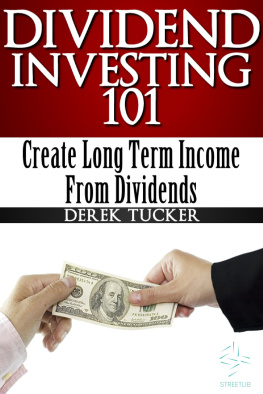
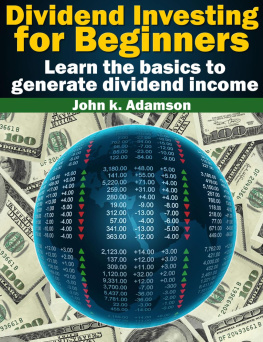


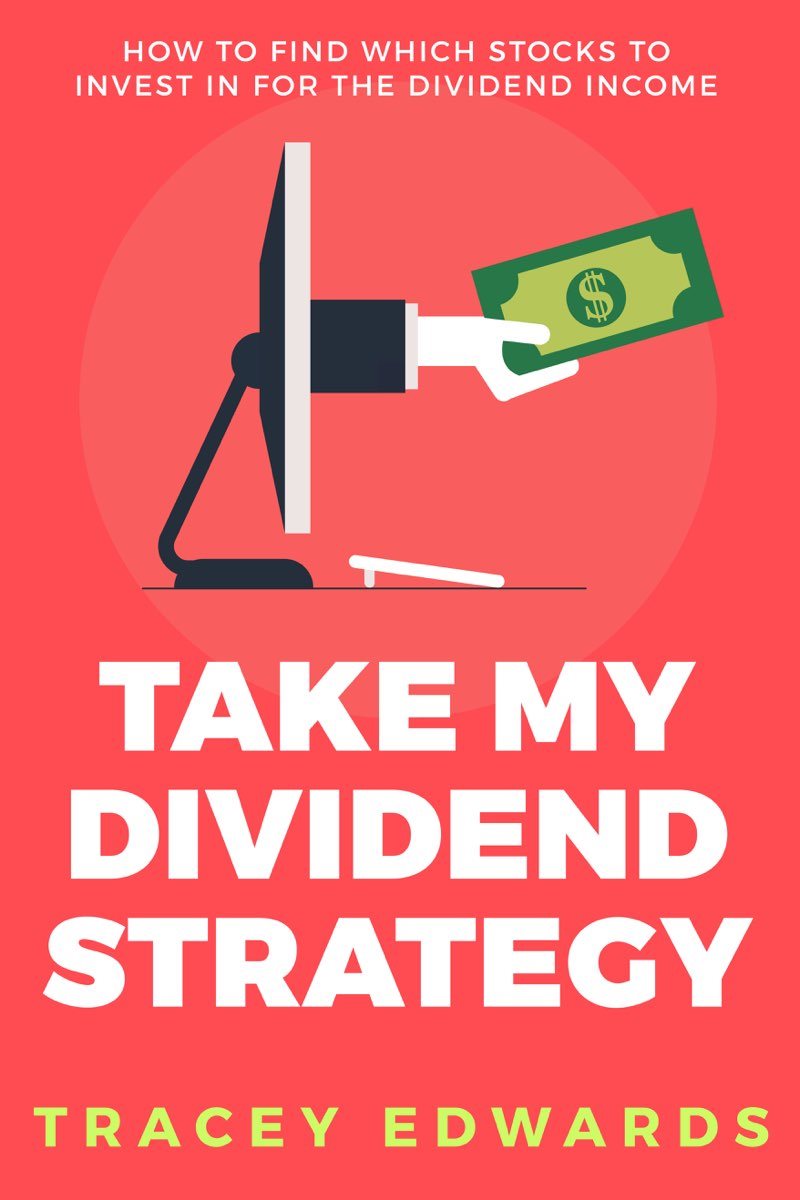
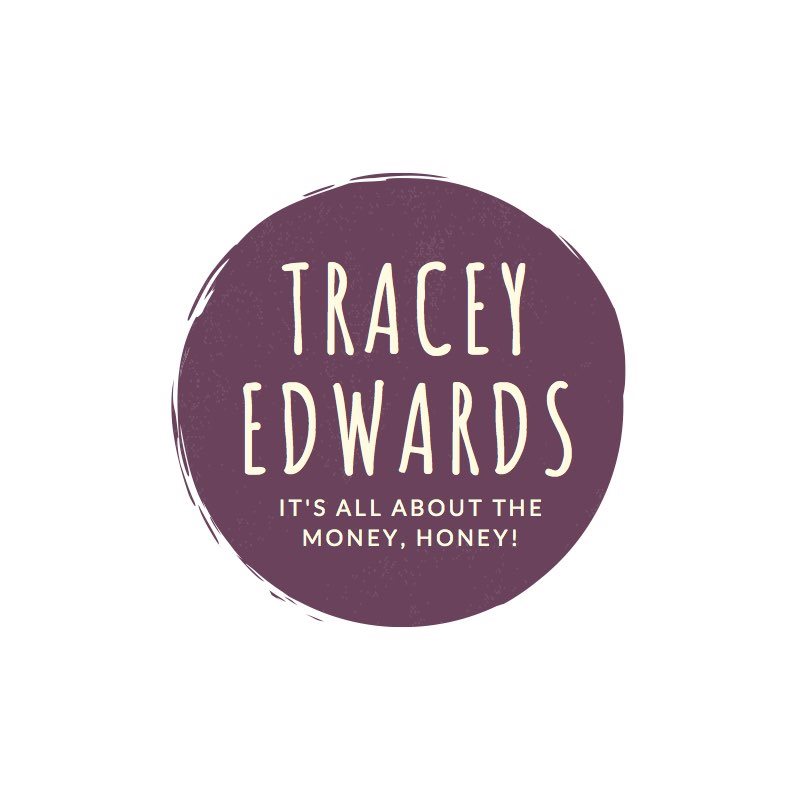
 Created with Vellum
Created with Vellum